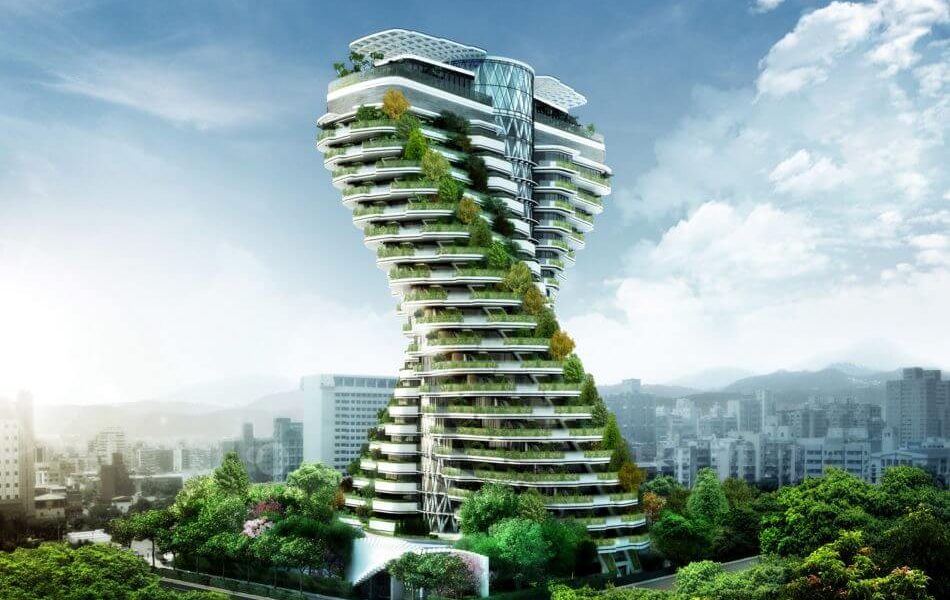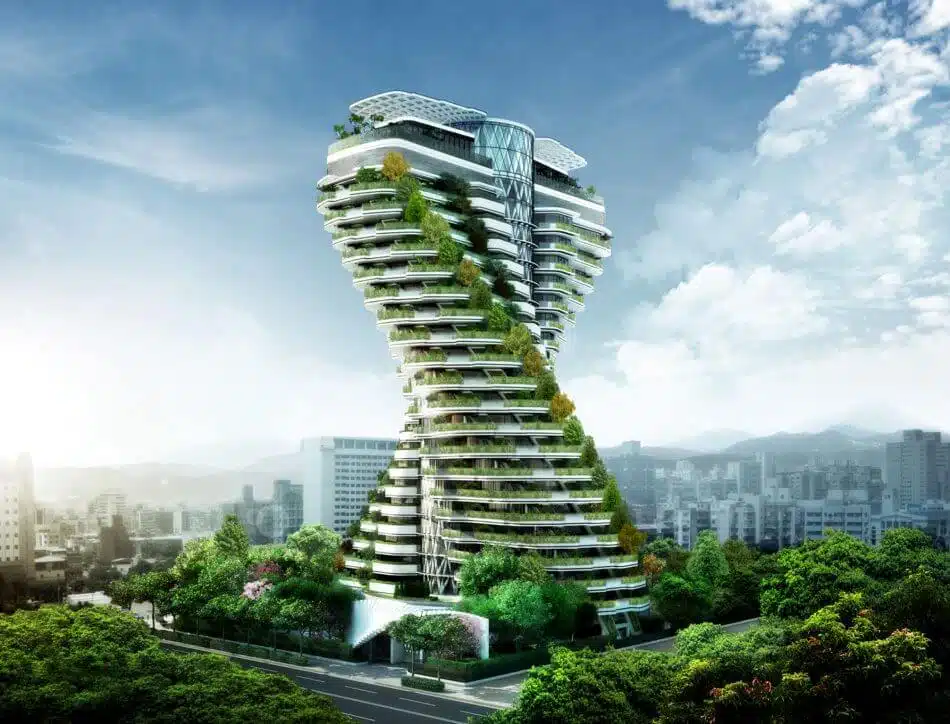Ideas for dealing with climate change were definitely not in short supply at the recently concluded UN COP26 climate change summit held in Glasgow, Scotland. But what was one of the more striking notions presented for the assembly’s consideration?
It was the concept of carbon-absorbent structures to reduce greenhouse emissions released into the atmosphere.
The concept in question is the Urban Sequoia, a conceptual design presented by Chicago-based architectural firm Skidmore, Owings & Merrill (SOM.) The Urban Sequoia, so named because its design takes inspiration from the giant redwoods of North America, would be built in such a way that it could emit less in the way of carbon emissions, absorbing the bulk of them instead from the environment.
A considered design
Prior to the development of the Urban Sequoia Concept, architects and designers at SOM took note of how urban areas have been the biggest contributors to the amount of greenhouse gases emitted into the atmosphere, accounting for a third of the total global volume. The team further noted that, as the human population grows, the amount of emissions released into the air is also expected to increase commensurately.
Therefore, one possible solution would be to build structures that would absorb more of these emissions instead of releasing them into the air.
That said, the conceptual team behind the design has a vision of incorporating environmental technology that will either draw carbon particulates or emissions from the air or absorb and store these securely in order to sell to industries who can make use of them.
The construction of these structures will also involve the use of carbon-absorbent materials. In addition, these buildings would also include areas for growing plants which can be used to capture carbon and transform it into a viable fuel source for powering the structure.
The SOM design will involve what the designers refer to as a stack effect: air would be pulled into the center of the building where carbon-extraction machines can be installed and operated 24/7. It is expected that these structures will be able to absorb four times as much carbon as they release and will have a lifetime run of around 60 years.
However, it remains to be seen whether world governments will consider SOMs Urban Sequoia or if their own local architects could come up with similar concepts down the line.







